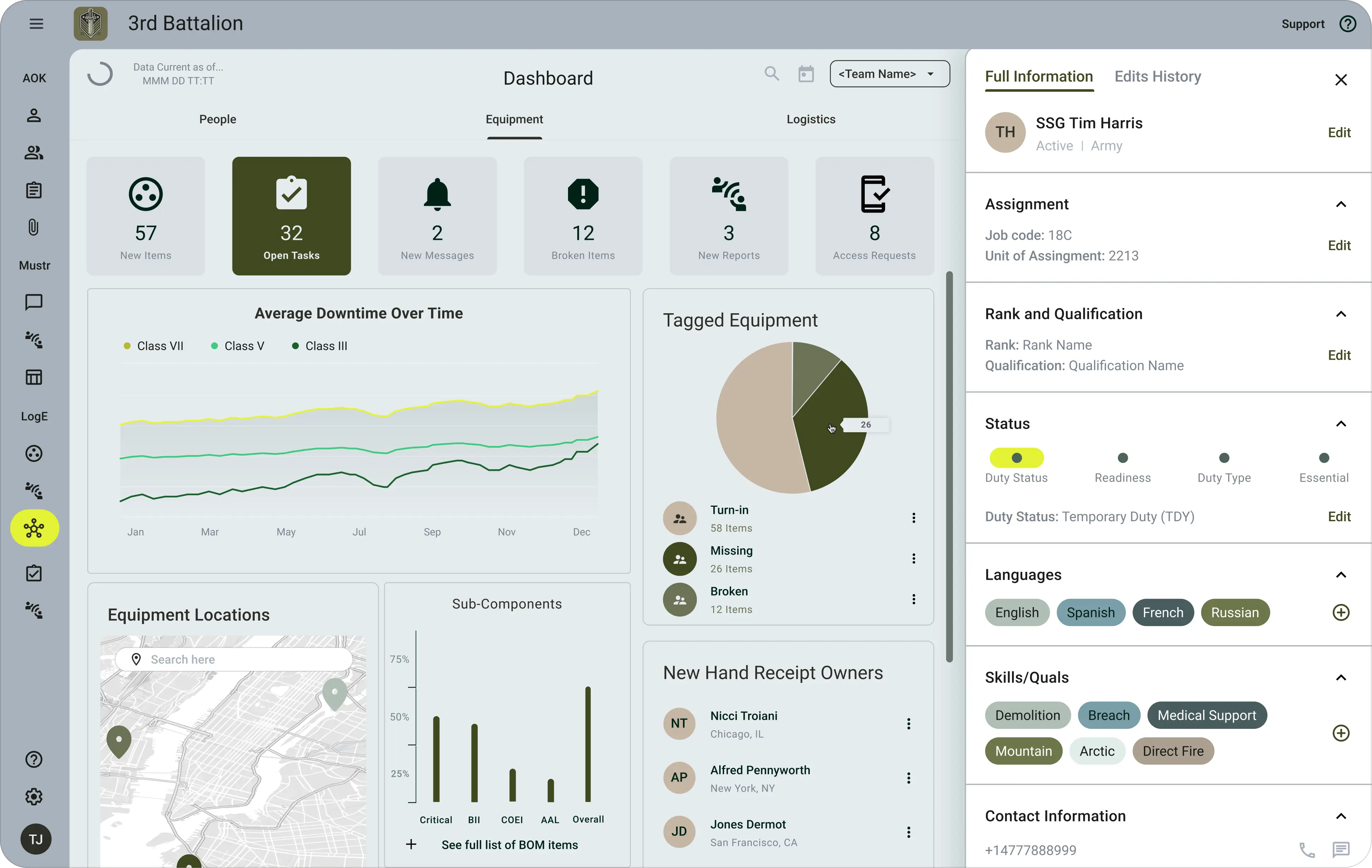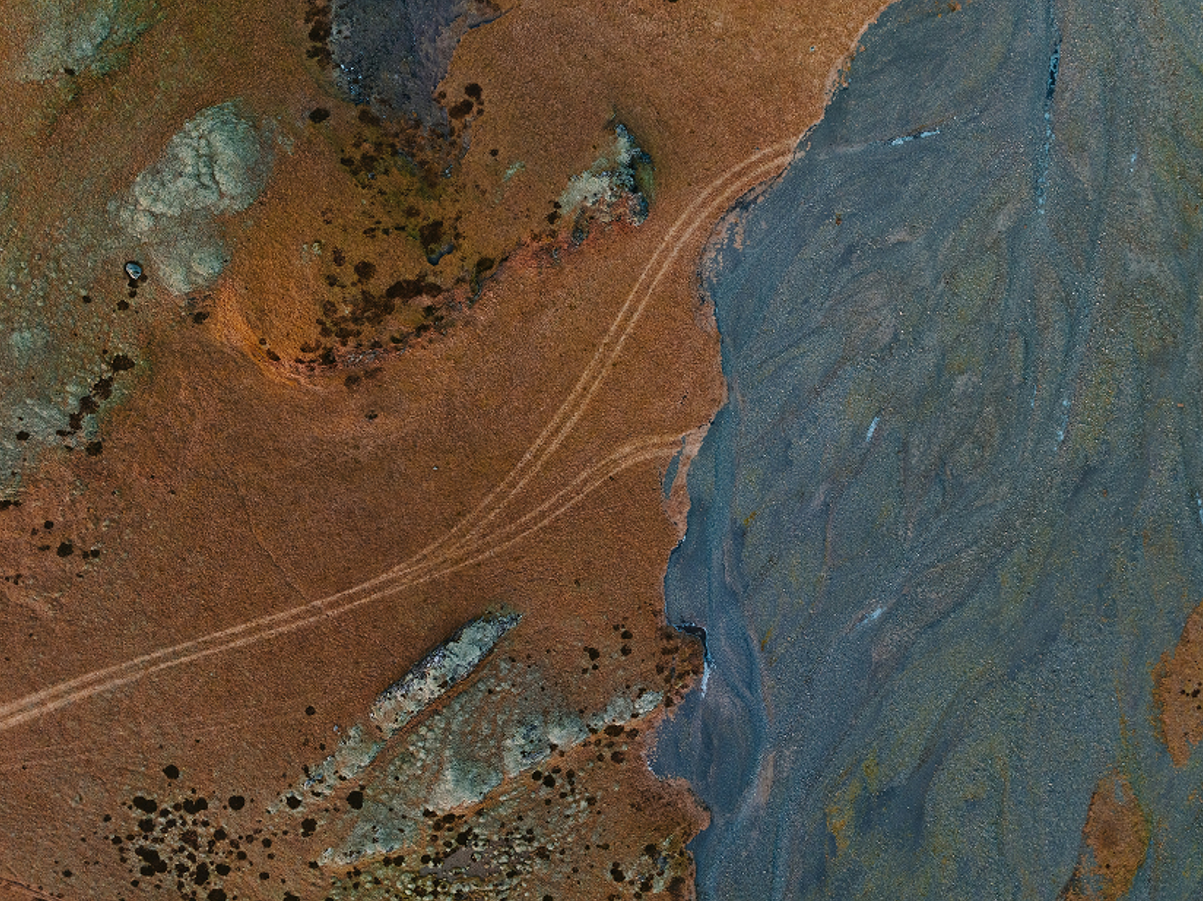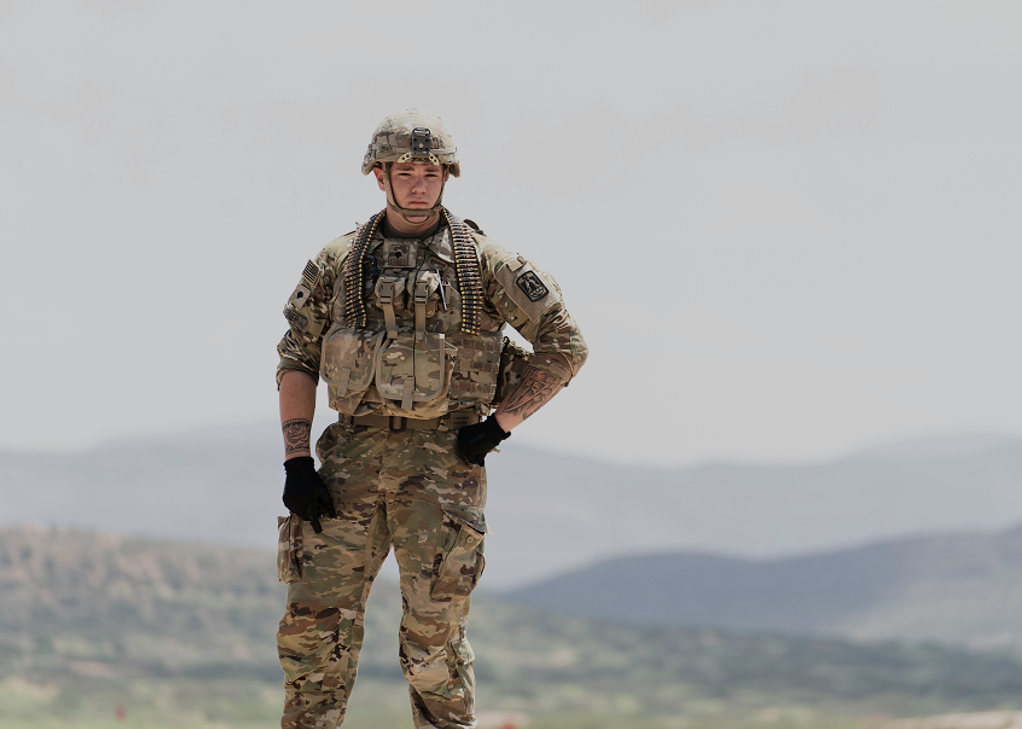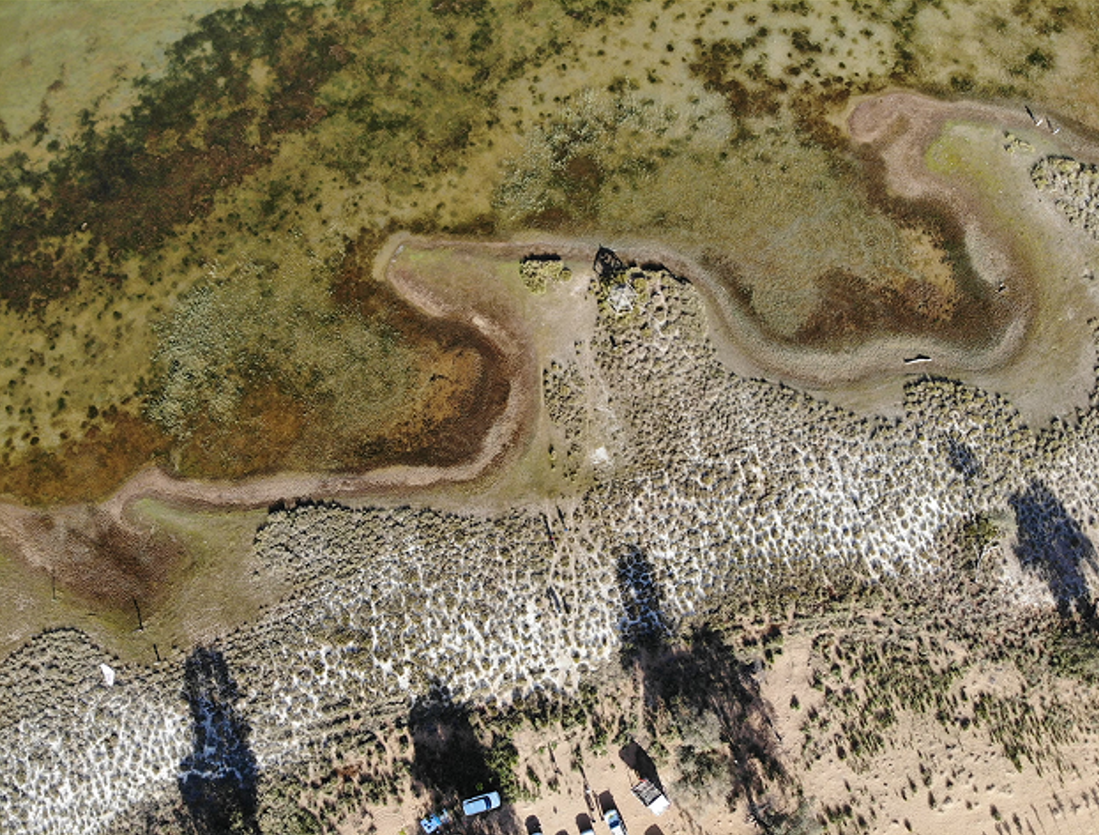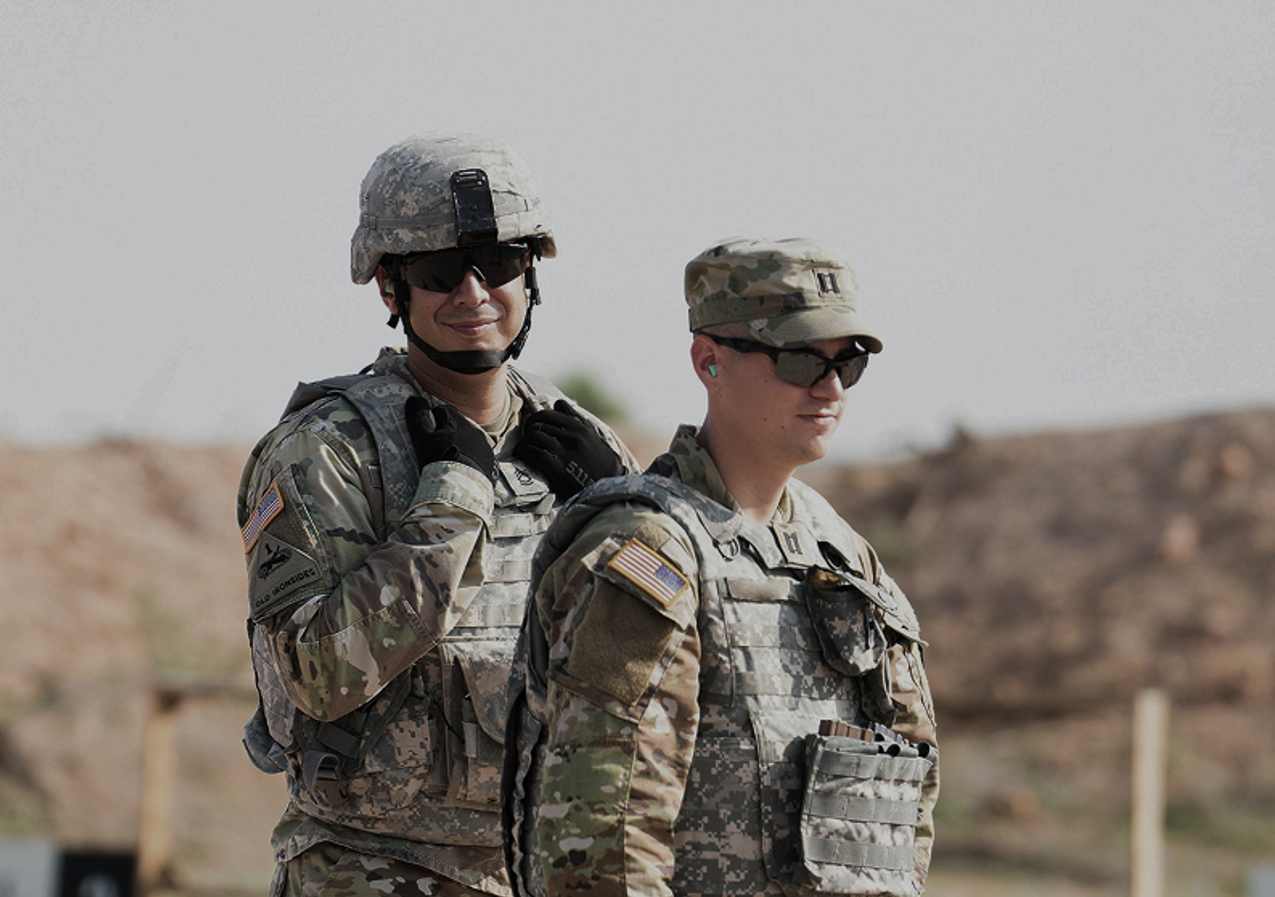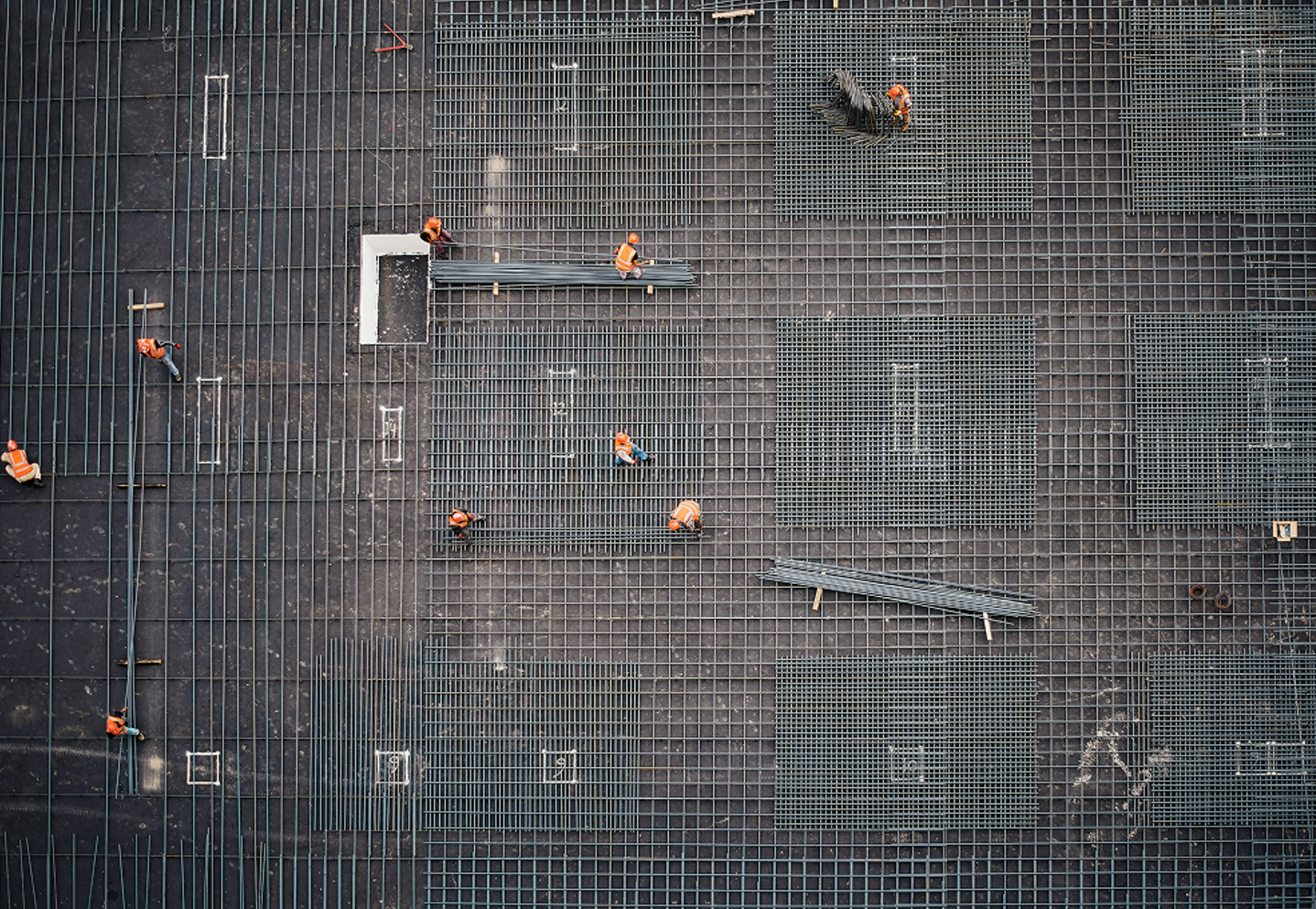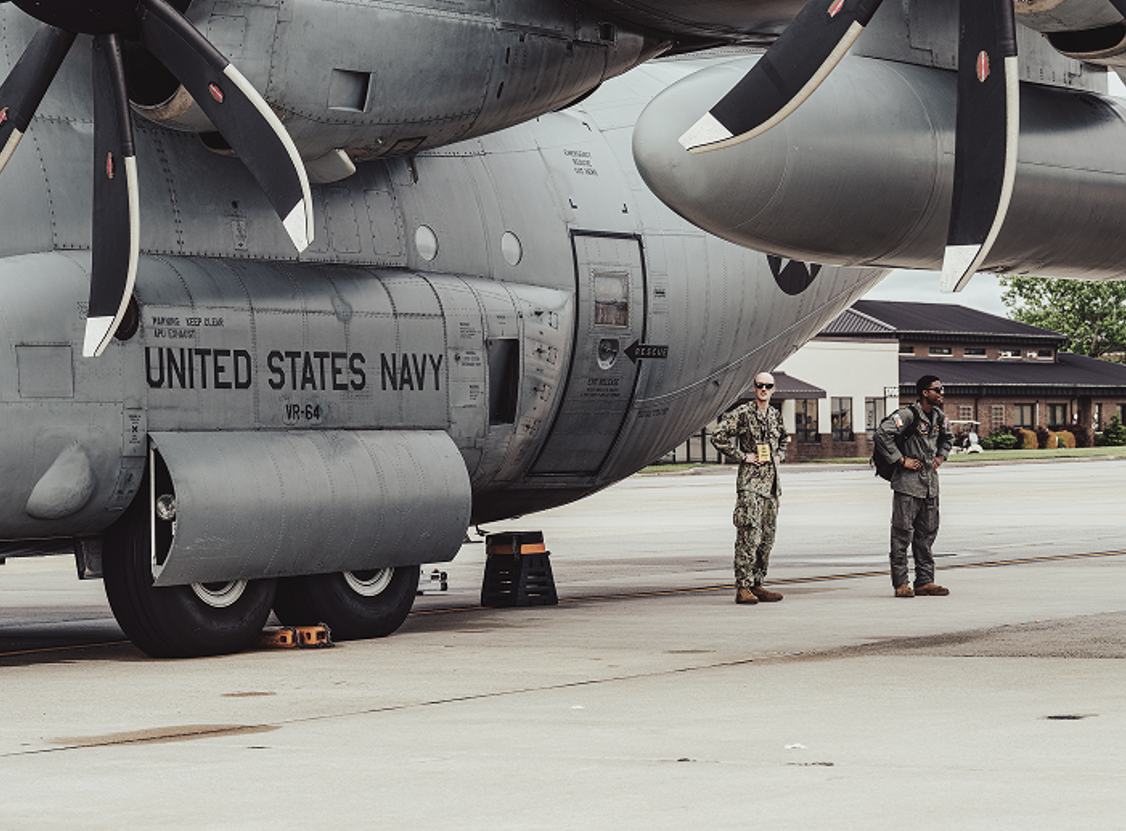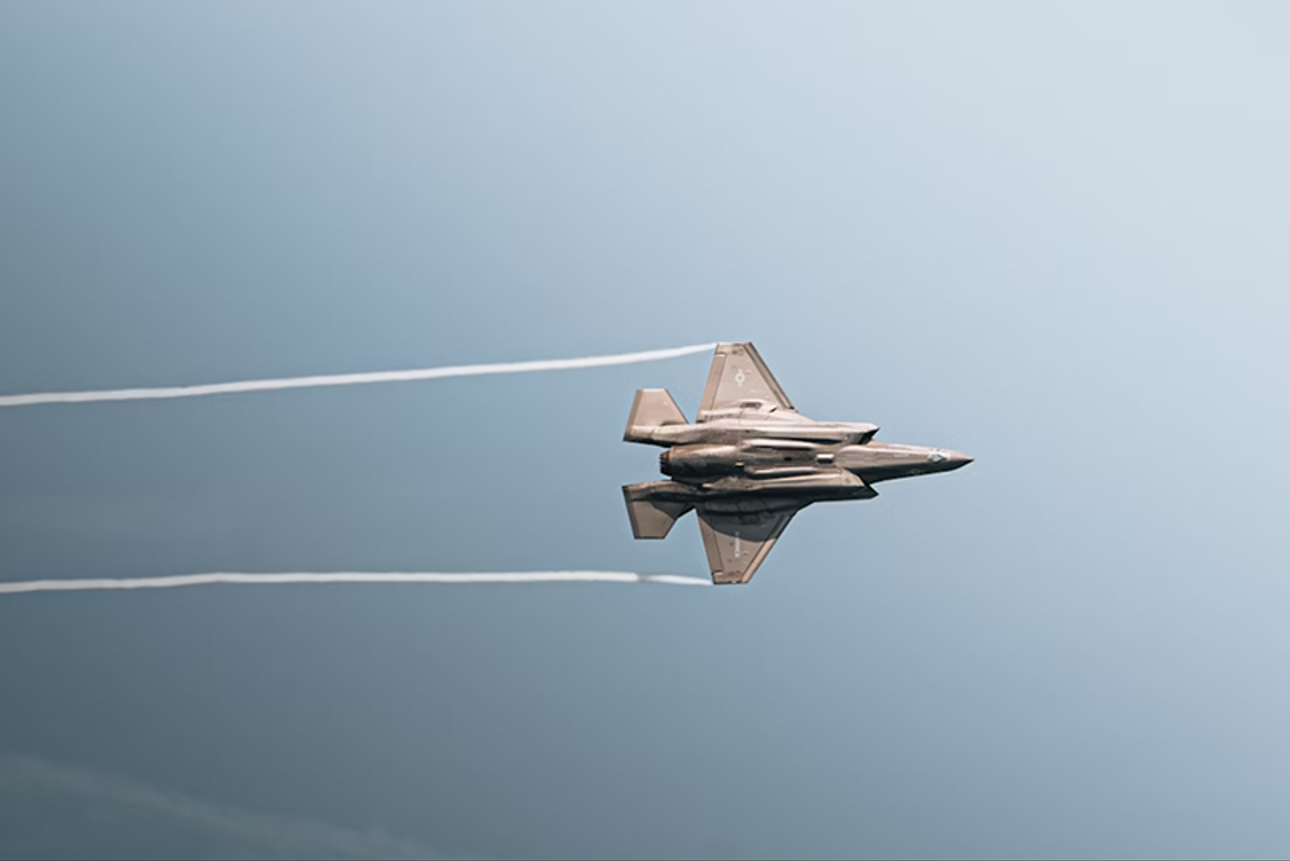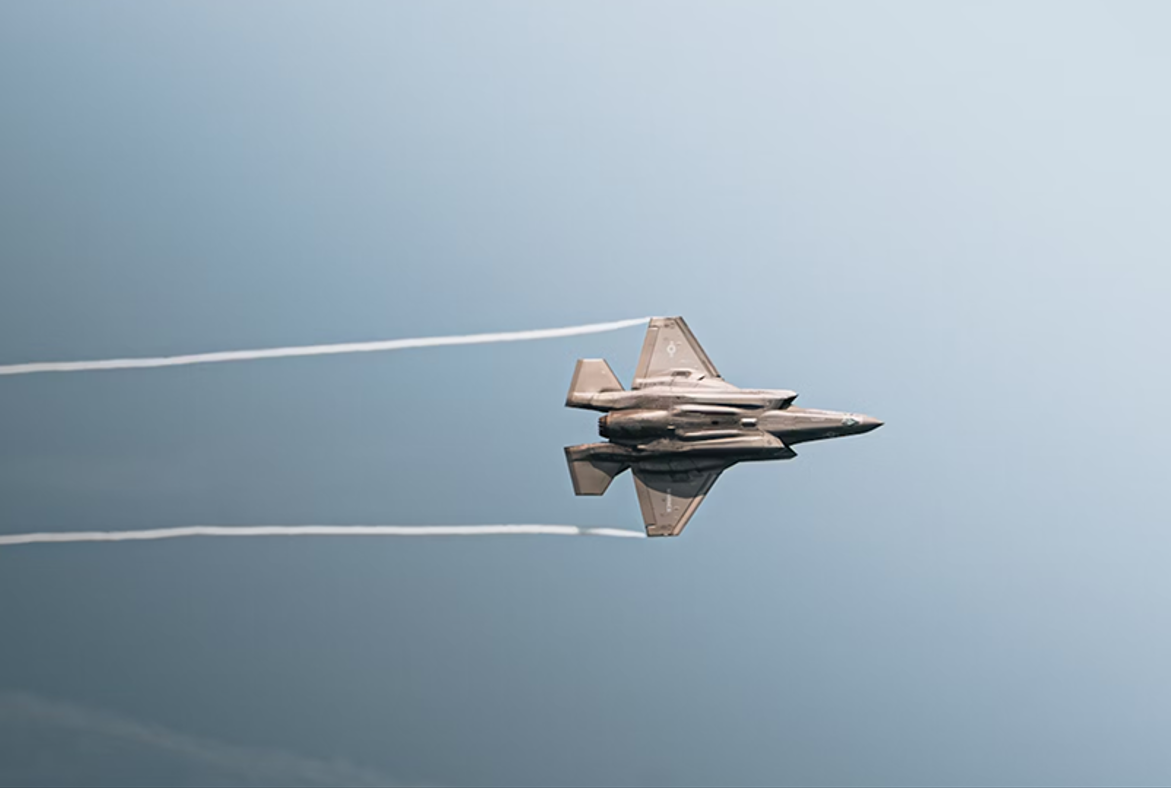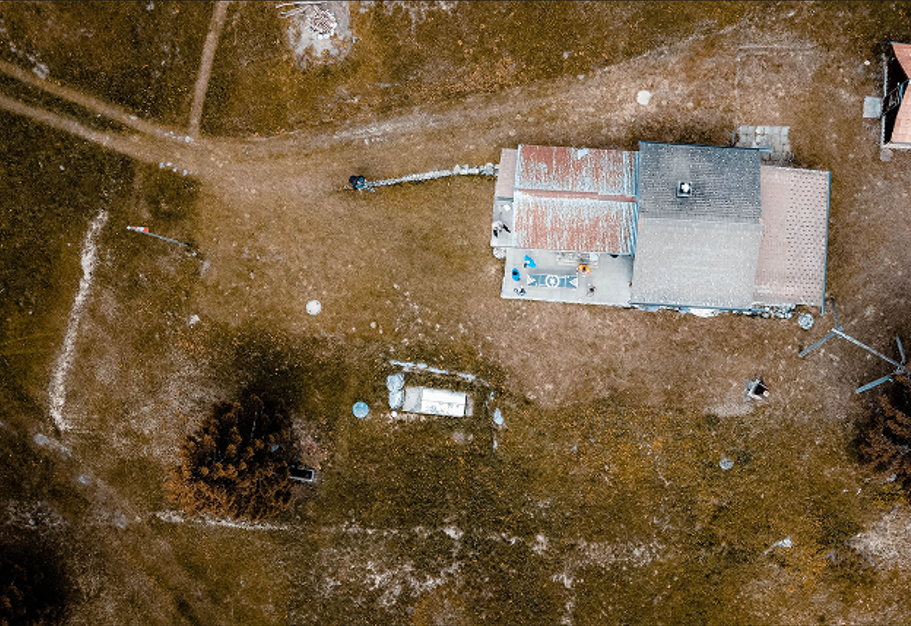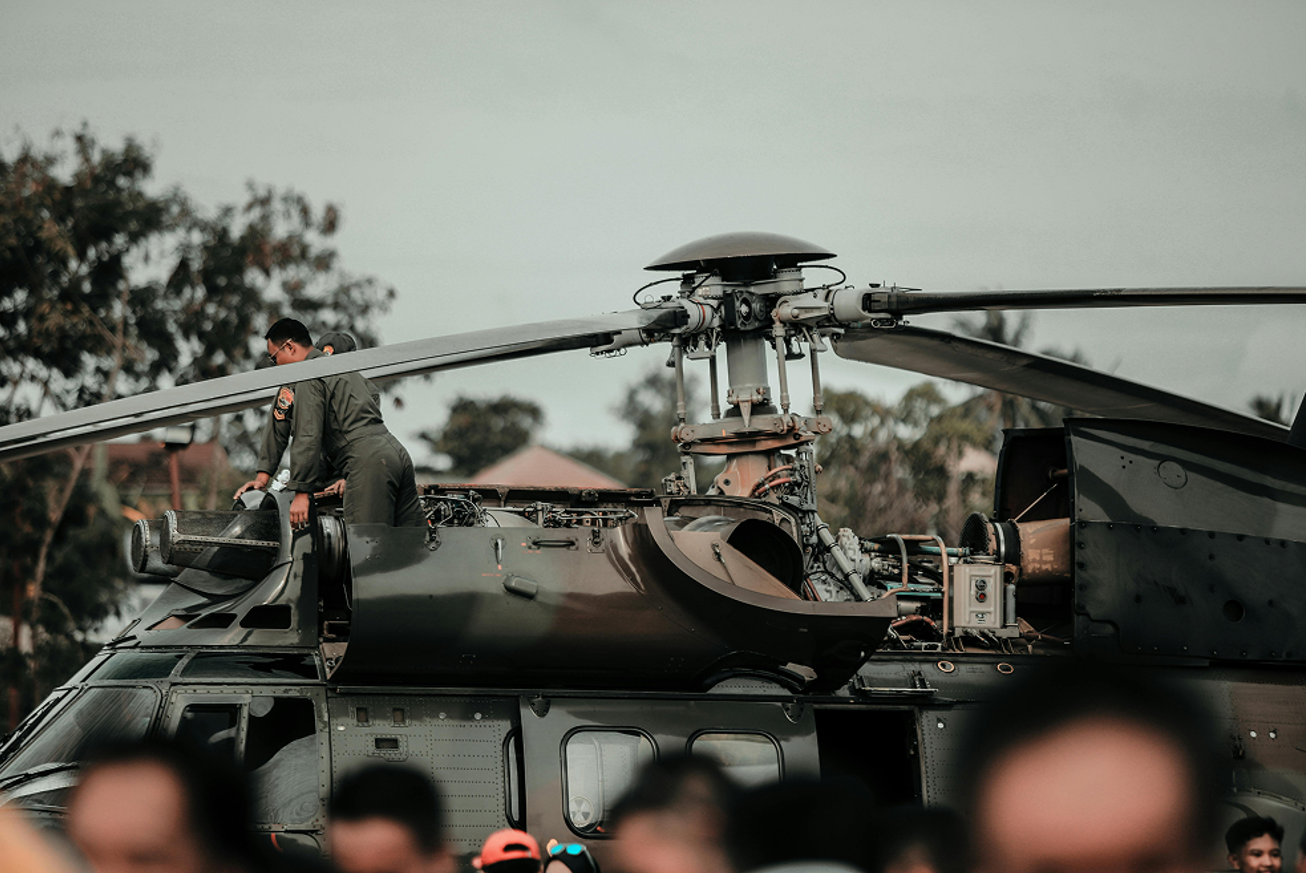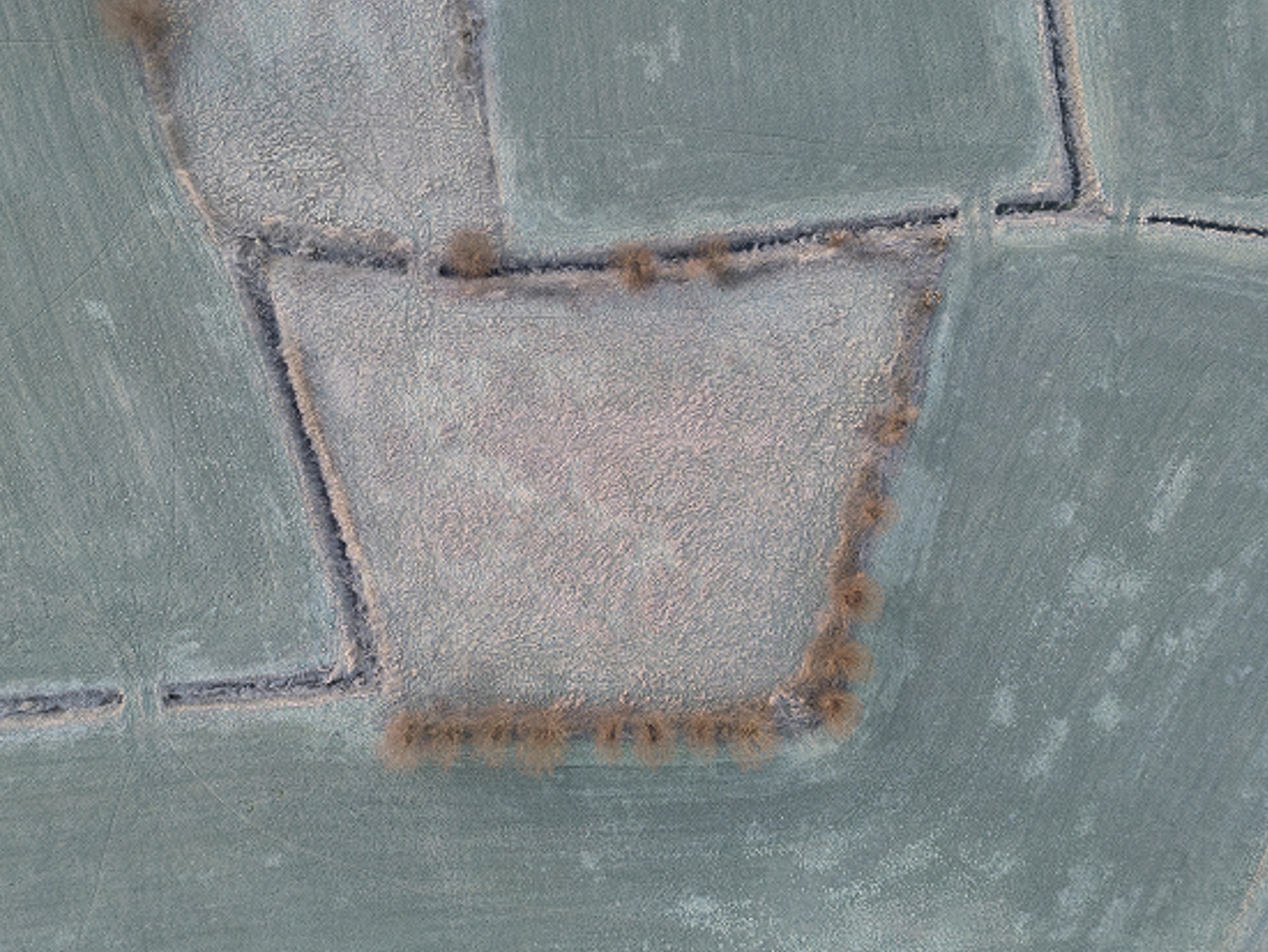As a Navy veteran, I know all too well the challenges and excitement that come with Permanent Change of Station (PCS) moves. They are a cornerstone of military life. Moving to a new duty station brings a mix of anticipation and anxiety, not only for service members but also for their families. In the civilian world, the equivalent of a PCS move is the onboarding process for new employees - but for service members and their families, it always includes moving to a new home, neighborhood, and often, a new state or country.
The PCS process requires both a reorientation of work life for the service member and a reorientation of home life for them and their families. This process is especially hard for those who are newer to military life. Going from boot camps and schools to an active duty command is an abrupt change to the previously well-known way of life.
I’ll never forget my first major PCS experience. I was extremely comfortable with the structured experience of early commands that primarily focused on supporting schools and training. The move to an active US Aircraft Carrier undergoing maintenance in the yard was jarring, to say the least. I remember being completely overwhelmed by my surroundings. The ship was dimly lit with the occasional sparks flying from shipyard workers welding in deep pockets of the ship. Every metallic hallway I glanced down somehow looked identical, yet completely unique at the same time. A mix of contractors and active duty navy personnel all seemed to blend together in a sea of hard hats and sweat. The ladders, doors, and hatches all were the same, or completely absent. There were holes cut out of the ship in various locations. Every couple steps I could count on my fresh hard hat bumping into some form of temporary pipe or lighting draped throughout the ship.
On the carrier in the yards, everyone is focused on doing their job and getting home. From day one, I followed my sponsor like a lost puppy and I would praise anyone who would stop and take the time to give me directions. However, every day that I showed up after that first couple of days got easier. Bottom line, being in the shipyard is hard, and showing up to an aircraft carrier in the shipyard is also hard. There are few people looking after you initially, except perhaps those who also recently arrived and know exactly what you’re going through. My sponsor (the person assigned to help me through the PCS move), was about to resign from the Navy and completely focused on getting out. I was lucky to have made friends with a few others who had PCSed recently, who later became mentors, to show me around those deck plates that had previously overwhelmed me.Just as in the civilian world, the success of this transition period plays a crucial role in retention, engagement, and overall satisfaction. Effective onboarding is not just about paperwork and checklists; it's about creating a welcoming environment that helps new members integrate seamlessly into the team culture.
Something as simple as an app (like Mustr) from which a new service member at a command can receive basic instructions, reporting details, and other logistical information, doesn’t just help them get from point A to point B in the first couple of days. It allows that person to feel seen and welcomed, rather than feeling like another burden to a command whose primary goal is their mission. It sets the tone from day zero for a positive experience, paving the way for a sense of belonging and commitment. A tone that when implemented correctly, can be contagious and persistent.
Mustr is a tool I wish I had when I was in the service, and one I am proud to be helping develop for those now wearing the uniform. Beyond facilitating general and emergency accountability, Mustr is a companion that can guide transitioning service members through the challenges of change. PCS moves will continue to be an integral part of military life, and I am excited to see a world where Mustr and the various products Adyton builds can be a part of creating a smooth, welcoming experience for new military members.
To learn more about Mustr, click here.
.png)


